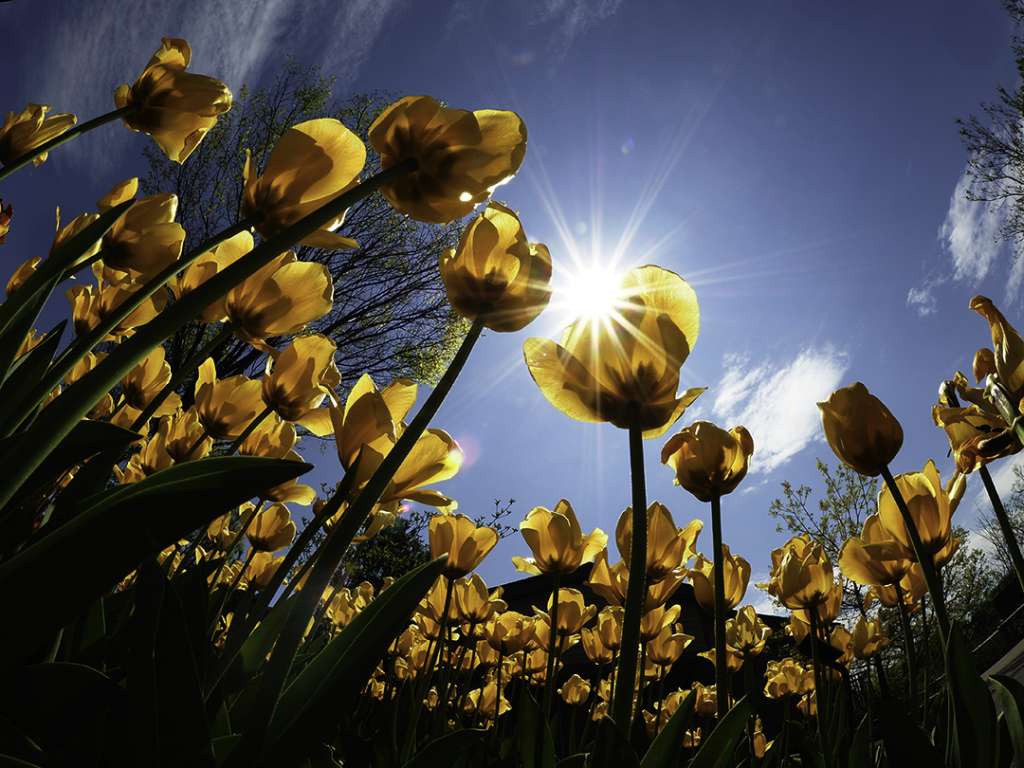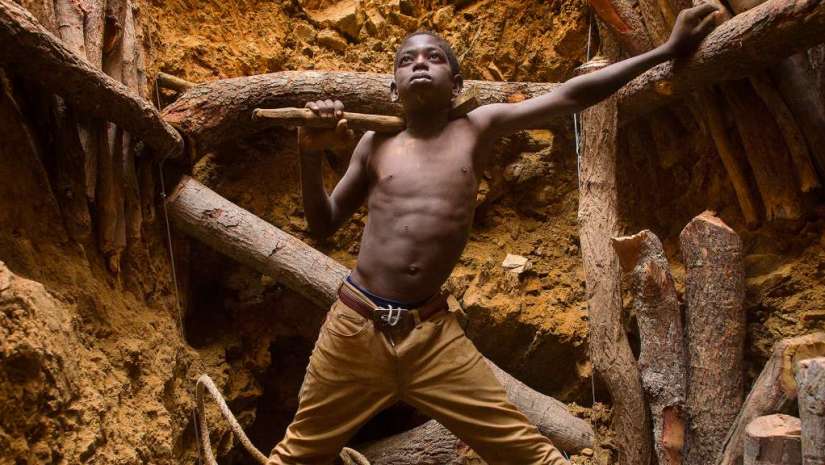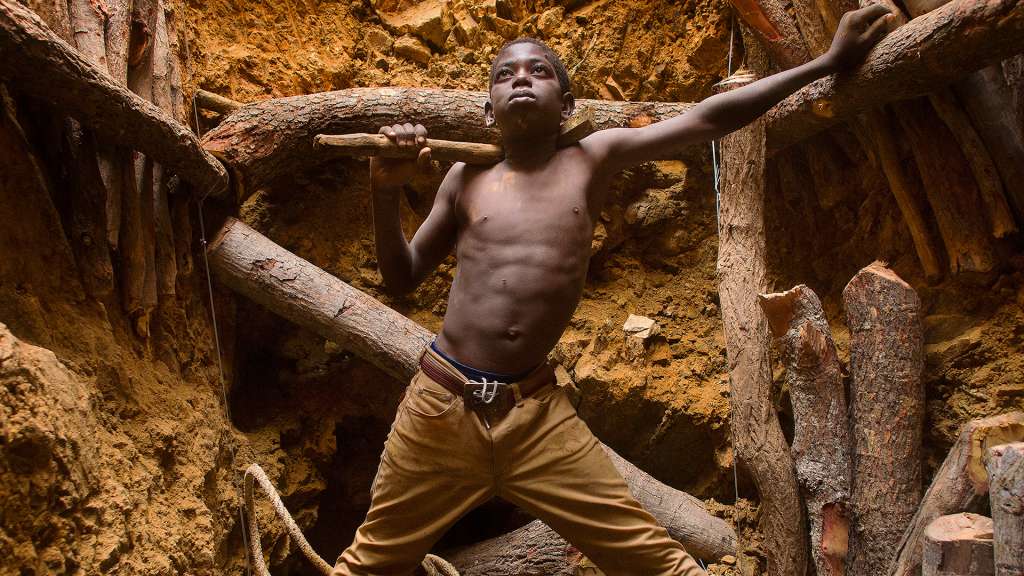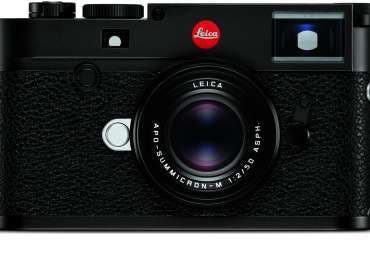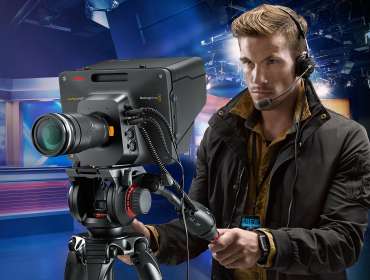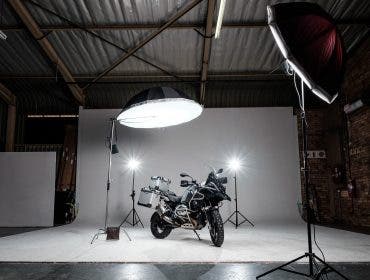Larry C. Price is an award-winning documentary photographer acclaimed for his extraordinary versatility and uncanny ability to capture timeless moments on the fly. Now based in Dayton, Ohio, he began shooting for The Daily Texan in 1976 while still a student, won the 1981 Pulitzer Prize for spot news photography for his coverage of the 1980 coup in Liberia for the Fort Worth Star-Telegram, and the 1985 Pulitzer Prize for his portfolio documenting civil wars in Angola and El Salvador for The Philadelphia Inquirer. Since 2003, Price has been honored as an Olympus Visionary, a select group of hands-on pros that provides feedback on their latest products. His iconic images have been exhibited in major venues worldwide, and he’s currently working on long-term projects documenting child labor and global pollution with support from the Washington, D.C.-based Pulitzer Center on Crisis Reporting. His mission takes him all over the world, often shooting in remote areas under incredibly challenging conditions.
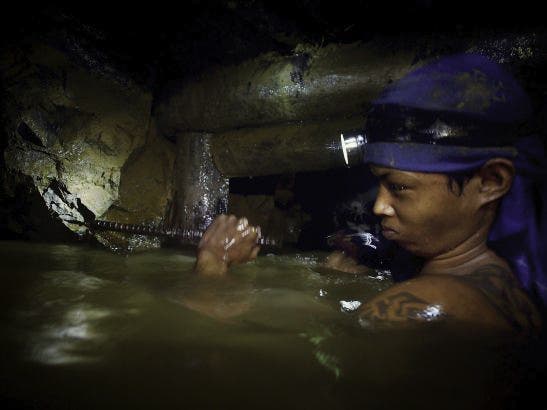
Price came of age in the era of big picture magazines like Life and Look, and he was inspired by the work of the great documentary photographers like W. Eugene Smith. He realized that photography had the power to change and influence the human condition and he knew that was the kind of photography he wanted to pursue. In college, he studied with Garry Winogrand who approached the human condition with a bit of wry detachment, and he was also moved by the unflinchingly direct images of Robert Frank. To this day, each of these approaches exerts a profound influence on his work. In college, he minored in art and learned to break compositions into their key components, to simplify. That tendency is also reflected in the powerful but simple graphic images that characterize his unique style.
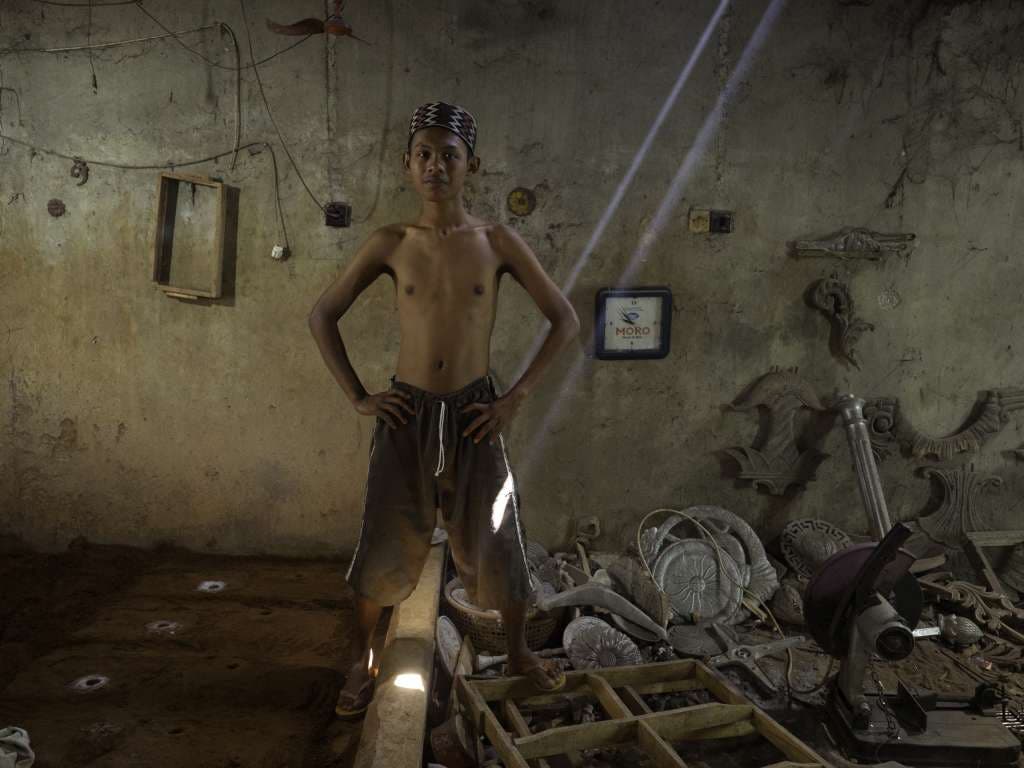
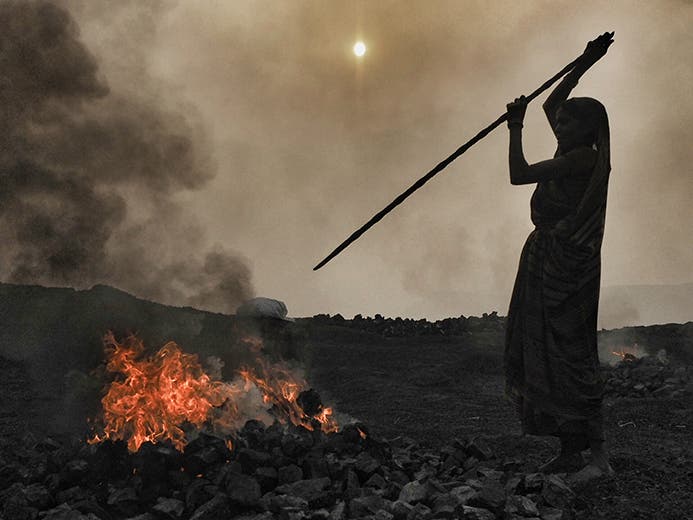
Since Price’s work entails lots of travel to far-flung places he usually works without assistants. And because he has to carry everything himself, often on foot, he relies on a system that’s small, light, rugged, and adaptable. His travel kit consists of two Olympus OM-D E-M1 Mark II bodies and an Olympus Pen-F. Lately, he’s been using the new Olympus M. Zuiko 12-100mm f/4 PRO zoom for the majority of his shots. But he also carries an M. Zuiko 17mm f/1.8 and the new M. Zuiko 25mm f/1.2 PRO prime lenses for shooting in low light since doesn’t carry flash units. Everything he carries, including his laptop and iPad, has to fit in his Tenba DNA 15 camera bag, Price says most of his documentary images are shot with the Olympus OM-D E-M1 Mark II. He uses Pen-F and the 17mm lens mostly for street photography. “I’m amazed by the performance of the super-speed M. Zuiko 25mm f/1.2 PRO lens, even wide open,” says Price, “but every M. Zuiko lens I own delivers critical sharpness, evenness of illumination, and covers the Micro Four Thirds sensor perfectly.”
Price has now returned from West Africa where he photographed children working in the small-scale gold mines of Burkina Faso near the borders of Ghana and the Republic of Côte d’Ivoire. He documented scores of unforgettable moments that collectively form a disturbing montage of stolen childhoods. He followed two teenagers to the bottom of a mine near Gaoua, struggling with hand and footholds in the steep rock walls of a narrow shaft no larger than three feet square. One misstep and anyone, including Price, would have plunged to his death. What he found deep inside that mine was even more chilling. In a narrow crevice at the bottom of this dark hole, there was a tiny boy chinking away at the rock by the light of a flashlight strapped to his head. “He looked up at me with the dull eyes of a caged animal,” Price recalls, “and without missing a beat, kept right on working. The older teens told me he was 7 years old.”
In the Philippines, Price watched a 4-year-old boy struggling to drag a burlap bag of rock ore 150 feet up a hillside, taunted by older boys until, tired and overwhelmed, he began to cry. What he saw and documented at the compressor mines in the Philippines was even more depressing. There the “mines” are narrow shafts that fill to the brim with a thick soup of muddy water. When the men emerge, their eyes are bloodshot from the underwater pressure and their ears are filled with mud. His guide warned him, “You don’t want to go down there because when the walls collapse, there’s no way to get you out.” Two months after he had left, two young compressor miners did indeed die, buried alive, when seawater overcame the sides of their pit. Price agonized, wondering if the victims were people he had photographed.
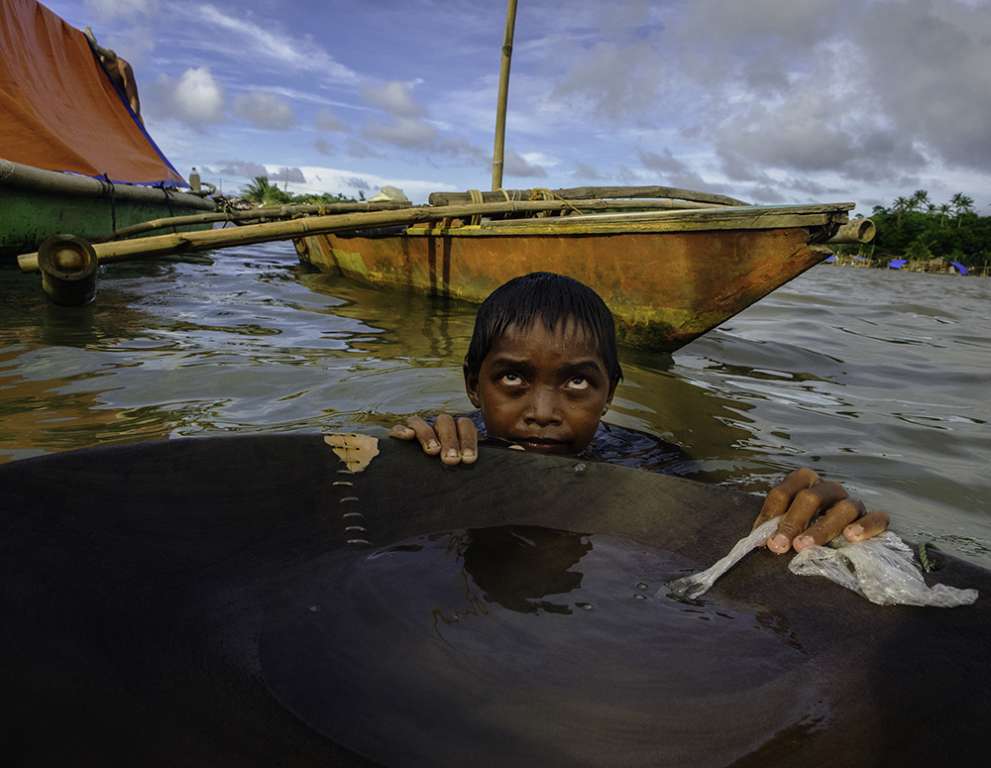
As this article goes live, Larry C. Price is flying off to Africa once again, to document another imperiled group of child laborers. Specifically, he’s heading to Zambia in southern Africa to work on a series of stories focusing on toxic pollution. His goal: to document the legacy of mineral exploitation in the lead and zinc mines of Zambia that poisoned entire communities for several generations. This is a relatively untold story about a global pollution problem, and Price hopes that the publication of these images will result in greater awareness among policy makers. His ultimate goal as a passionate humanist: to pave the way for a better way of life for the exploited and voiceless people he photographs.
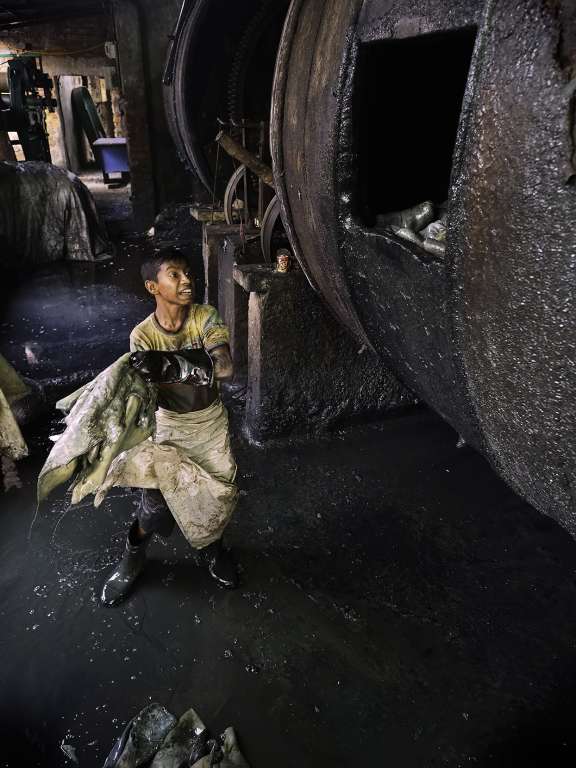
Over the past few years, Price has been adding to his visual toolbox by shooting video. However it’s clear that his first love is the still image, and he believes nothing is more powerful. Essentially, adding video lets him reach a wider audience. For example, much of his most recent work has aired on the PBS NewsHour. He also considers himself very fortunate that much of his work is funded by the Pulitzer Center on Crisis Reporting in Washington, D.C. This organization also provides crucial help in brokering media relationships and making the economics work for both Price and the media outlets that showcase his images. Not surprisingly, he also uses social media but says, “I don’t live and die by it.” However, he frankly admits that he’s received a lot of work because the right people, editors, and organizations noticed his work on Twitter and Facebook. “I look at still photography as communication art,” observes Price. “I look a video more as mass consumption…it’s important, but it’s not my passion. Still, photography is my passion.”
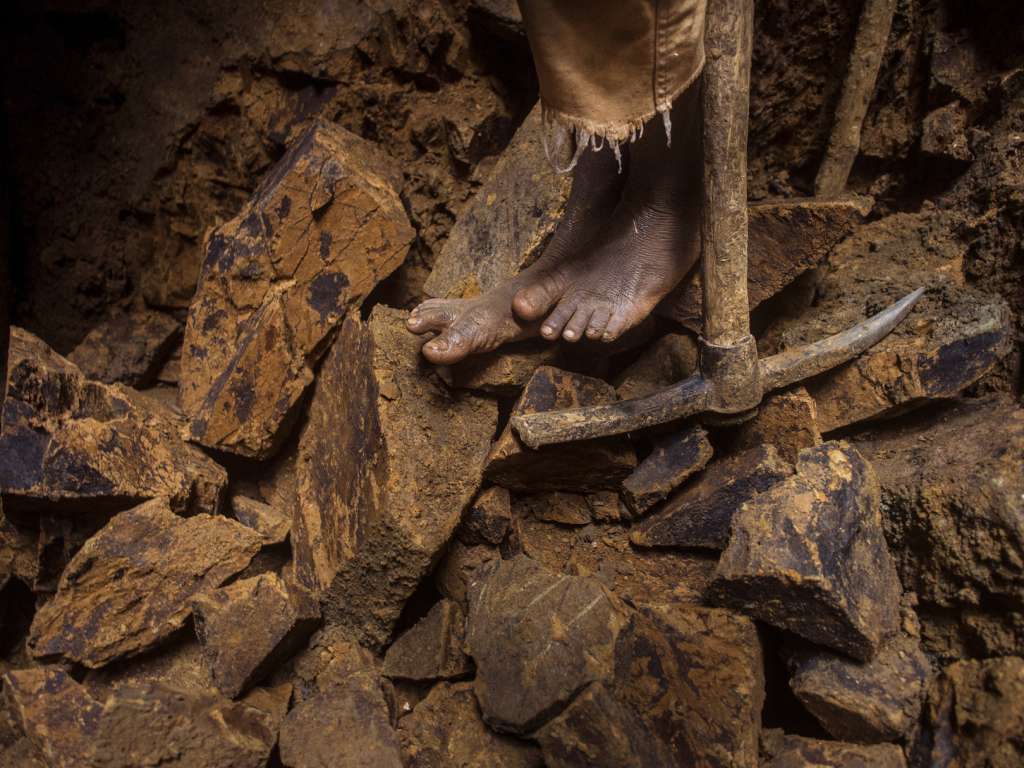
As you look at his incredibly moving images in this post it’s evident that Larry C. Price strives for empathy and depth of emotion in the images he creates. He looks for nuances of context, expression, light and design to create graphically simple photographs that tell stories about precious moments in time. His approach, based on compassion, is to develop trust to gain access to intimate moments of people’s lives. He knows that it often takes a lot of time to achieve trusting relationships with his subjects. It’s an ongoing process that requires a lot of observation and patience. “I don’t make things happen; I wait for things to happen,” says Price—a statement that might well serve as a motto for all documentary photographers. “I believe photography has the power to cause a positive change in attitudes and in human interactions. And that’s why I will continue caring and shooting for as long as I possibly can.”
